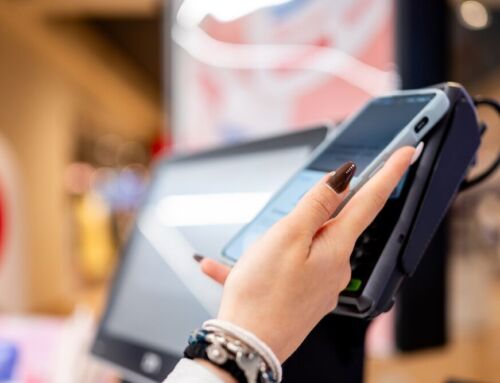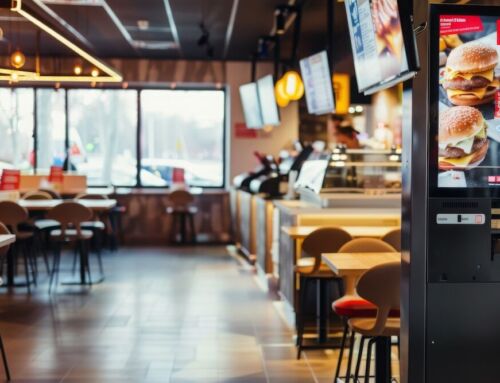Self-service kiosks are already a familiar sight everywhere from fast food restaurant chains to multiplex cinemas, office block reception areas to airport check-in halls. Not to mention supermarkets, where self-checkout lanes continue to pioneer the self-serve concept in retail.
Yet if there is one thing that unites this diverse list of places you’re likely to come across a kiosk, it’s probably the size of the organisation or business. Self-service is very much a thing in the big supermarkets, but probably not at your local corner shop.
Similarly, you’ll use a touchscreen kiosk to place your order and pay at any McDonald’s outlet these days, but perhaps not your nearest independent pizza takeaway.
Can we read anything into this trend? Is there any particular reason why kiosks are better suited to larger operators? Or is it just a case, as so often happens, of bigger businesses having the capital to adopt emerging technologies faster?
At Acante, we very much believe it’s the latter. Kiosks have been around for a good few years now, but like many technologies when they first emerge onto the market, the rate of adoption has taken time to gather pace.
That’s largely to do with the fact that prices for new technology inevitably start high and come down in direct proportion to demand. High initial prices favour those with the deepest pockets until a tipping point in adoption is reached, prices reach a more affordable level, and then take up really starts to take off.
We believe we are approaching that point with kiosk technology now. As a result, over the coming years, we can expect to see kiosks become much more ubiquitous as they become more affordable for smaller businesses.
Benefits across the board
Kiosks have plenty to offer SMEs, and for many of the same reasons, they have proven to be a hit with a long list of big-name enterprises.
For example, kiosks took off in the QSR sector because of their ability to reduce wait times and speed up service. Staff are focused on preparing rather than taking orders (and payments), which boosts efficiency. And customers enjoy the experience of choosing their meal in their own time – so much so that some fast food restaurants have found kiosks boost average order value.
All of these advantages can be gained by small independent takeaways, sandwich bars, deli’s and more. Nearly all restaurants of any size are now used to taking orders online. Installing a kiosk works on the same principle – it’s just that customers order digitally on premise rather than remotely.
As in the big QSR chains, this would allow staff to focus on preparing meals and getting orders ready rather than taking orders. In a takeaway that combines delivery with walk-up trade, deliveries and collections will be ready sooner if staff aren’t distracted by customers placing orders at the front desk – all orders come through the same channel. And in restaurants that provide takeaway alongside dine-in service, a kiosk can be provided exclusively for takeaway customers to place their orders, meaning they don’t have to wait in line behind patrons waiting for a table.
In retail, larger independent stores can also take advantage of the queue-busting benefits of kiosks, offering a self-service option alongside staffed POS. In smaller shops, perhaps the biggest benefit of deploying kiosks is to use them as information points. In a small fashion boutique, for example, physical space to display merchandise is limited. Kiosks can provide an ‘infinite aisle’ option to let customers browse an extended range, or else look up colour, size and style alternatives for items that are on display.
For all of these reasons, kiosks make a great fit for small businesses. And as the technology continues to evolve, the options available will keep on multiplying, giving small business owners new opportunities to use kiosks to drive extra value for their business.
Get in touch to find out more about the right kiosk solutions for your business.




